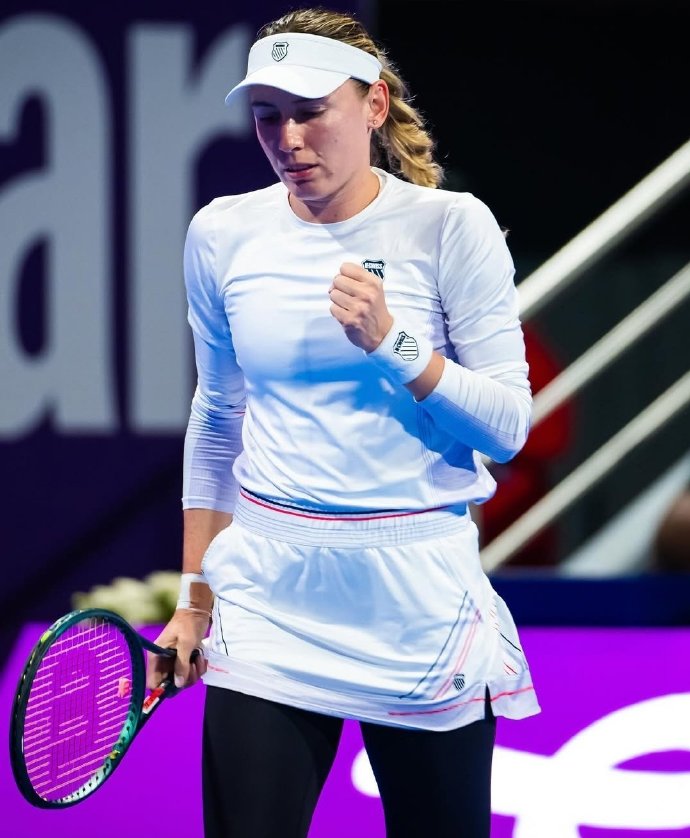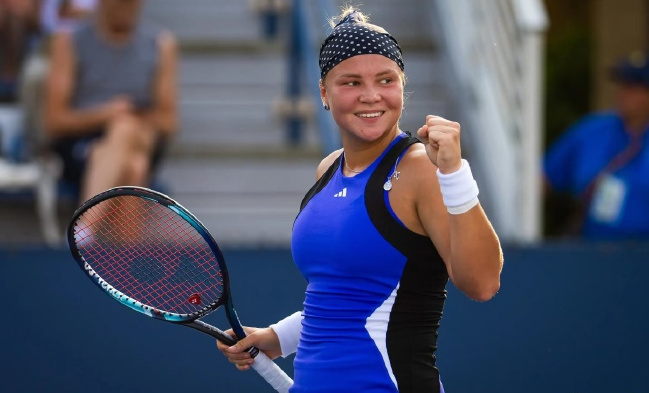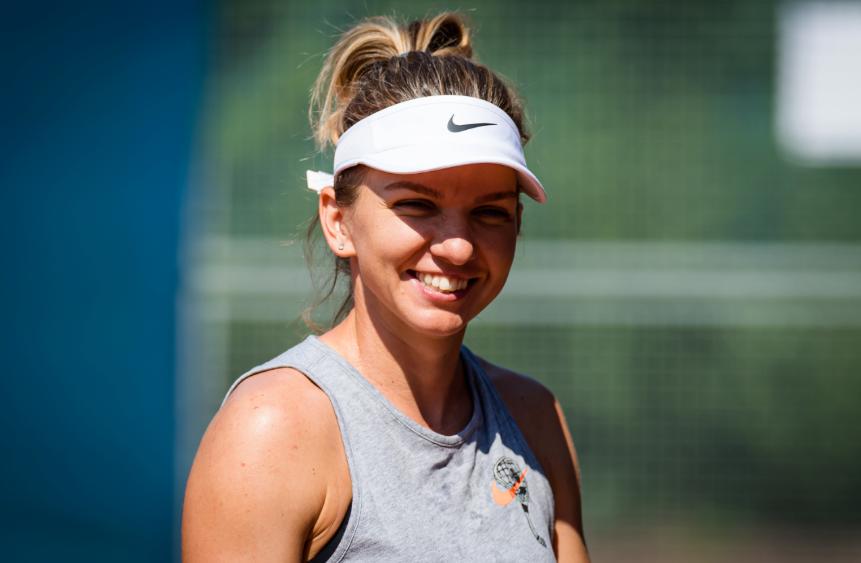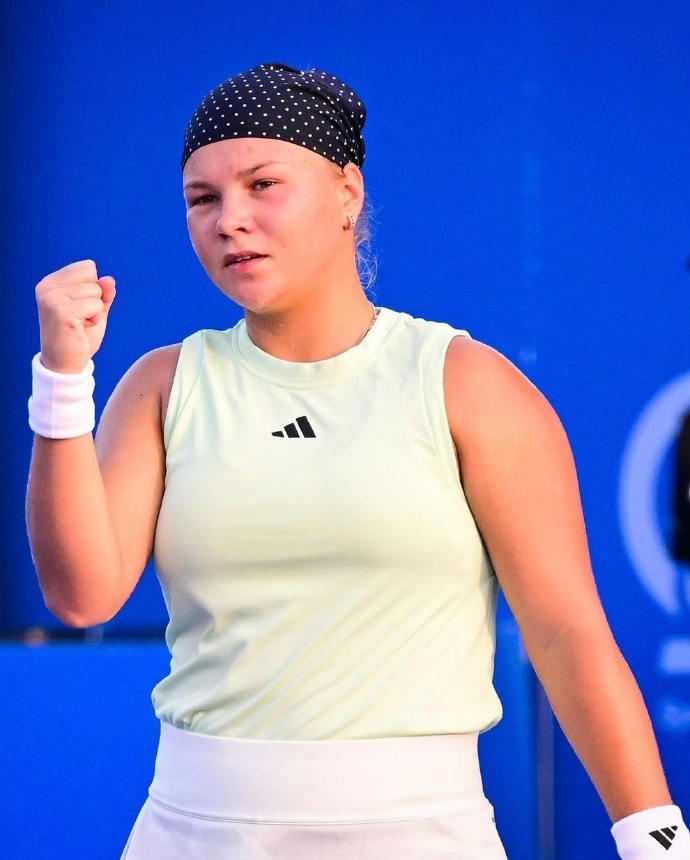Breaking the Curse: How Schneider Can Surpass the “Major Ceiling” of Russian Female Players?
After a three-set defeat to Sigmund in the opening round of the US Open, Schneider’s 2025 Grand Slam record is fixed at 4 wins and 4 losses. For this young talent who surged from a ranking in the nineties to the top fifteen last year, this outcome is clearly disheartening. What’s more worrisome is that she appears to be following the path of Russia’s “post-90s trio” — shining in smaller events but repeatedly stumbling at Grand Slams. Schneider faces not just a match loss, but a critical test that could shape her career trajectory.

The “major tournament curse” of Russian female players is a distinctive feature in the WTA. Aleksandrova has never reached a Grand Slam quarterfinal, while Kudermetova and Samsonova have only once each, contrasting sharply with their consistent performances on the tour. This pattern reveals the harsh reality of professional tennis: players can rely on a few weapons to win smaller tournaments, but any technical or mental weakness is magnified during the long grind of Grand Slams.

Schneider’s playing style has shown worrying signs. Winning a 250-level event like Monterrey but exiting in the first round of the US Open exposes her inability to handle the pressure of major tournaments. Lower-tier events feature uneven competition and allow more margin for error; Grand Slams, however, are packed with top opponents where every point can change the match’s outcome. This gap demands players to have a more complete skill set and stronger mental resilience.

From a technical perspective, Schneider needs to assess whether her arsenal is diverse enough. Modern women’s tennis increasingly favors all-around players; relying solely on power or speed is insufficient to sustain success at the highest levels. Stability in serve and return, smooth transitions between offense and defense, and adaptability across different surfaces are all crucial to progressing deeper in Grand Slams. Schneider must work with her coaching team to identify weaknesses and target improvements.

Mental preparation might be an even more urgent issue. The atmosphere between center courts and outer courts at Grand Slams is vastly different; the expectations of the crowd, media scrutiny, and the importance of the matches combine to create enormous psychological pressure. The repeated failures of Russia’s “post-90s trio” at majors are largely attributed to mental rather than technical shortcomings. Schneider needs to learn how to convert pressure into motivation, stay composed during critical points, and adjust her mindset when facing adversity.

Another important factor is scheduling and managing physical condition. Participating and winning at Monterrey just a week before the US Open may have boosted confidence and ranking points but could also have impacted her recovery and preparation for the Grand Slam. Top players like Swiatek and Sabalenka often choose their events strategically to ensure they enter majors in peak condition. Schneider must adopt a more scientific approach to season planning, understanding that not every tournament requires maximum effort.

Historical experience shows that breaking through the “major ceiling” requires time and patience. Halep was once criticized for faltering in big tournaments but eventually won two Grand Slam titles after years of development; Swiatek also faced early Grand Slam exits before claiming the 2020 French Open. At just 21 years old, Schneider has ample time to undergo this transformation.

The key to avoiding the same fate as the Russian female players lies in recognizing the root problems and implementing systematic improvements. Schneider needs to build a team that believes in her potential to break through and devise a long-term development plan, rather than being constrained by short-term rankings and points. She must accept the reality that true elite players are defined not by the number of lower-tier titles but by their performance on the Grand Slam stage.

Tennis is both ruthless and fair in that it offers every player ample opportunities to prove themselves while mercilessly exposing each person’s limitations. Standing at a crossroads in her career, Schneider’s choices will determine whether she becomes just another “ordinary top ten” player or a genuine contender for Grand Slam titles. The process of overcoming this plateau will be painful, but only through this transformation can she avoid becoming another name on the list of underachievers and instead carve out her own chapter in tennis history.(Source: Tennis Home, Author: Xiao Di)







 Links
Links
 Contact
Contact
 App
App


